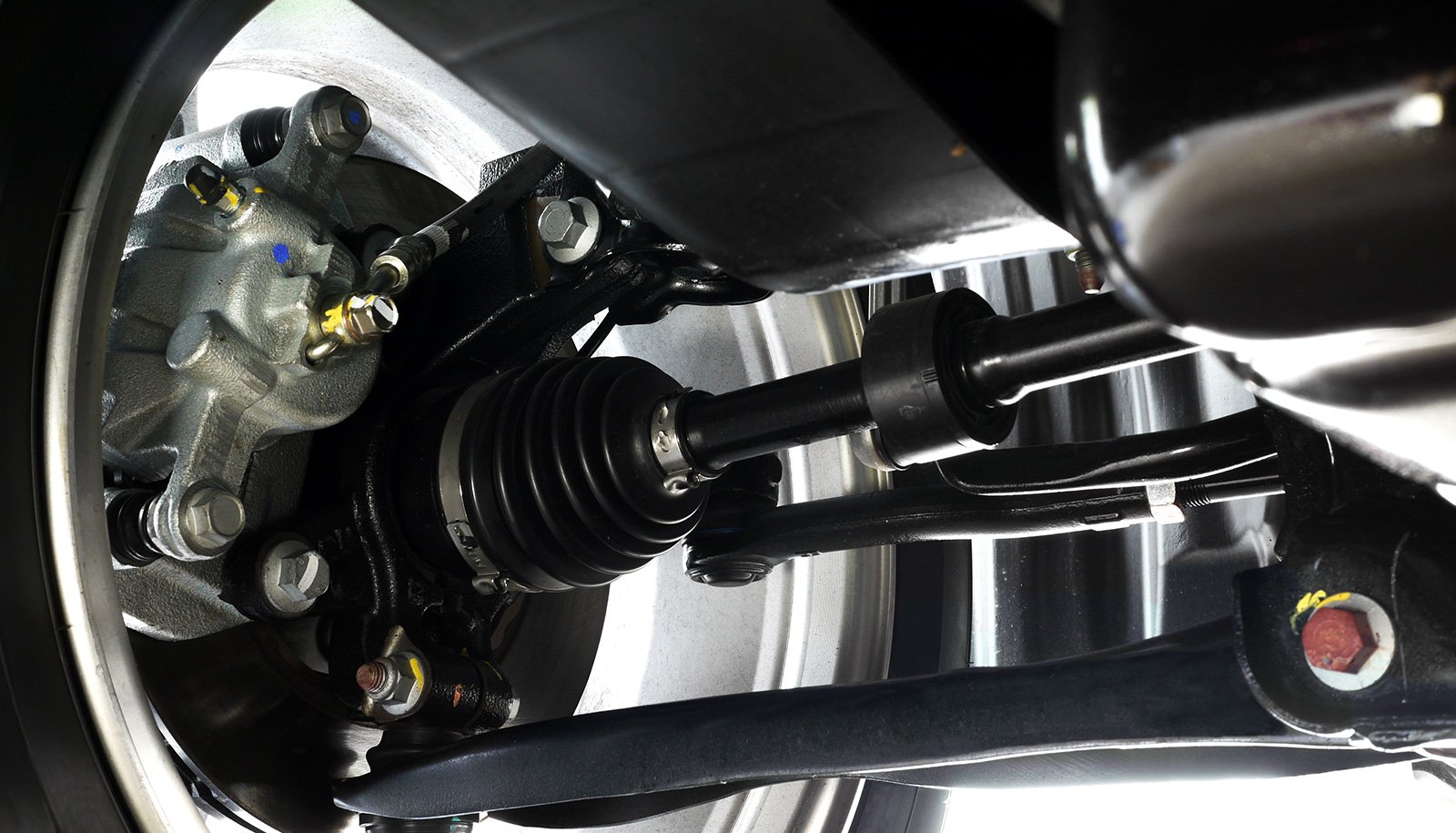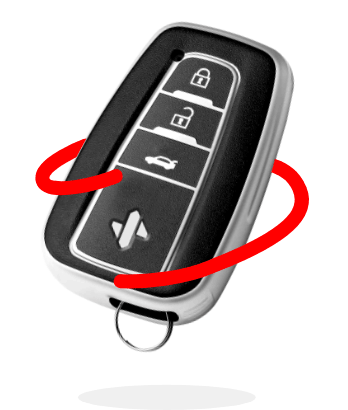Whether you're a car enthusiast, mechanic in training, or simply a curious car owner, understanding the role and importance of car axles can help you better appreciate your vehicle's performance and maintenance needs.
WHAT IS A CAR AXLE?
A car axle is a central shaft designed for the rotation of wheel pairs. In basic terms, it's the part of your car that connects the front and rear wheels and helps transfer power from the engine to propel the car forward.
The axle bears the weight of the vehicle, passengers, and cargo, while also withstanding the forces of braking and acceleration.
4 Types of Car Axles
There are four types of car axles, each with unique features and functions:
Live Axles: Also known as solid axles, these move with the action of the wheels. They're robust, simple in design, and often found in heavy-duty vehicles.
Dead Axles: These axles don't rotate and are typically used for load-bearing purposes in the rear of some vehicles.
Drive Axles: Equipped with differential gear, they split torque two ways allowing the wheels to rotate at different speeds.
Independent Axles: Found in many modern cars, these allow each wheel on the same axle to move independently.
How Many Axles Does a Car Have?
Most standard cars have two axles, one connecting the front wheels and the other connecting the rear wheels. This setup provides a balanced distribution of the car's weight and ensures smooth driving.
However, there are exceptions. Larger vehicles like trucks or SUVs may have more than two axles for increased load capacity and stability.
Live Axle vs. Independent Suspension
A live axle, where the wheel pair moves together, is generally more durable and cheaper to produce. However, it can lead to a stiffer ride.
On the other hand, independent suspension allows wheels on the same axle to move independently, offering a smoother ride and better handling, especially on uneven surfaces.
What is a CV Joint & Why Is It Crucial for Axles?
A Constant Velocity (CV) joint is a critical part of a drive axle. It facilitates the transfer of power from the driveshaft and differential to the wheels while allowing for steering and suspension movement.
Therefore, a faulty CV joint can affect the overall performance of the axle and the vehicle.
SIGNS OF A BAD OR FAILING AXLE
While axles are designed to be sturdy and resilient, they’re not immune to damage or wear and tear. Recognizing the early signs of a failing axle can prevent more severe problems down the line, including potential axle failure that could compromise vehicle control.
Unusual Sounds
One of the most common indicators of a problematic axle is the presence of unusual noises. These can range from clicking sounds when making a turn, often described as a loud click or pop, to clunking noises when decelerating or accelerating. These sounds may become more pronounced during sharp turns at lower speeds.
Vibration
Vibrations during driving, especially those that worsen with increased speed, can also signal a bad Constant Velocity (CV) joint, a critical component of the drive axle. These vibrations might be felt through the steering wheel and could indicate wear or damage in the CV axle.
Grease on Tires
Another telltale sign of a failing axle is the presence of grease on the edges of your tires. This could stem from a tear in the boot that houses the CV joint, allowing the grease to leak out. Grease splatters on the undercarriage of the vehicle are also common symptoms of a bad CV axle.
Difficulty Steering
Lastly, difficulty steering, especially coupled with "sputtering" noises or vehicle straining, can be a symptom of a damaged or broken car axle.
MAINTENANCE & CARE FOR CAR AXLES
The longevity of your car axles heavily depends on consistent inspection and diligent maintenance. Regular checks can help you identify and address potential issues before they escalate, thereby extending the lifespan of your car axles.
Signs of Leaks
Primarily, you should conduct routine inspections for any signs of leaks, which could indicate worn or damaged seals. These seals are crucial in keeping the lubricating oil inside the axle, necessary for its smooth operation.
Wheel Alignment
Wheel alignment is another essential aspect of axle care. Misaligned wheels can put undue stress on your axles, leading to premature wear and tear. Therefore, ensuring that your wheels are properly aligned can contribute to the health of your car axles.
Parts Replacement
Timely replacement of worn-out parts, such as bearings, seals, or the axle itself when necessary, is also crucial. Prolonged use of these worn-out parts can cause further damage, leading to more costly repairs down the line.
If you ever suspect an issue with your axle, don't hesitate to seek professional help immediately. Automotive professionals have the expertise and tools to accurately diagnose and fix any axle-related problems, preventing potential breakdowns or accidents.
Understanding the role of axles in your vehicle's operation can enhance your driving experience and help you spot potential issues before they escalate. Remember, the axle is more than just a rod connecting two wheels — it's a vital component that keeps your car moving. So, take good care of it, and it will take good care of your travels.
And if you need help finding the best car insurance coverage for the best price, start by speaking to a SimplyIOA agent at 833.872.4467 or get an auto insurance quote online now.










